Industrial Photography Tips & Tricks: Staying Safe
Industrial photography is not as glamorous as fashion photography, or candid like street photography. But, it is just as interesting, important and challenging.
The concept of industrial photography is to take photos of equipment, products, machinery, and sometimes, a company’s workers and officials. Most of the time, however, the main subjects are large machinery or equipment like a transformer, gas terminal plant or water dam.
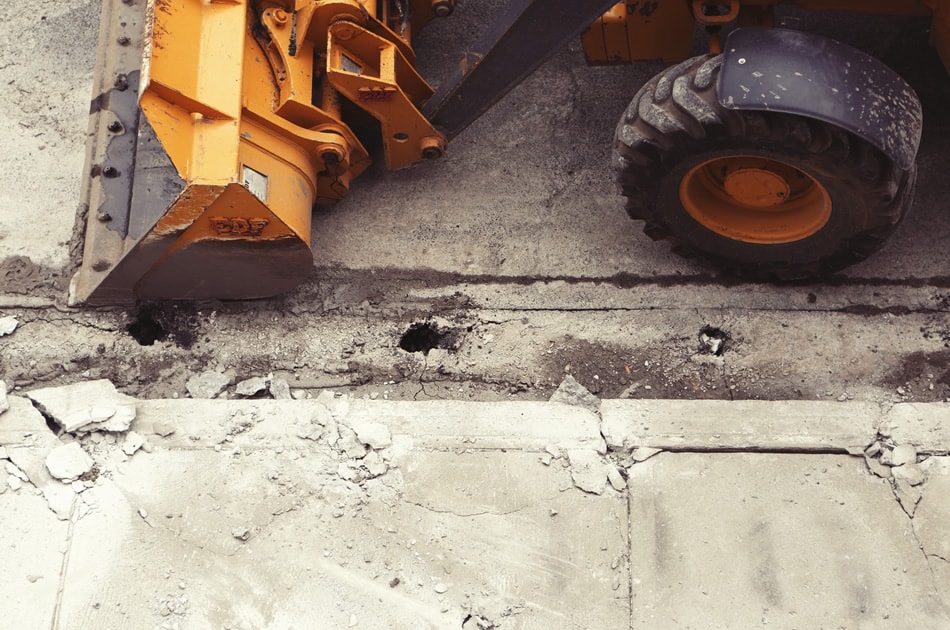
One of the reasons companies hire an industrial photographer is the need to have a good website that effectively showcases their products and services. Sure, one can print as many brochures and posters as possible, but a strong online presence is necessary for businesses to thrive in our social media-driven society. Industrial photographers are the ones tasked to give life to a company’s website, by taking photos of products, machinery and/or equipment that can help propel a business to success.
Examples of Industrial Photography
Most photos taken by industrial photographers focus on the ins and outs of the manufacturing and industrial sectors. In majority of these cases, the subjects are the equipment and machinery only. There are instances, though, when workers or company personnel are included in the picture.
Here are some examples of common industrial photography subjects:
- Welders at work
- A processing plant
- Workers in a shipyard
- Workers inside a factory or plant
- A gas terminal plant
- Nuclear reactors
- Water treatment facilities
- Dams
- Tractors
- Metal pressing operators at work
- An assembly line in a plant or factory
Some industrial photographers also like taking close-up shots of tools at work. A good example would be an extreme close-up of a screwdriver boring a hole through a piece or pieces of wood. Another example would be an interior shot of a machine with its gears scanning up and down.
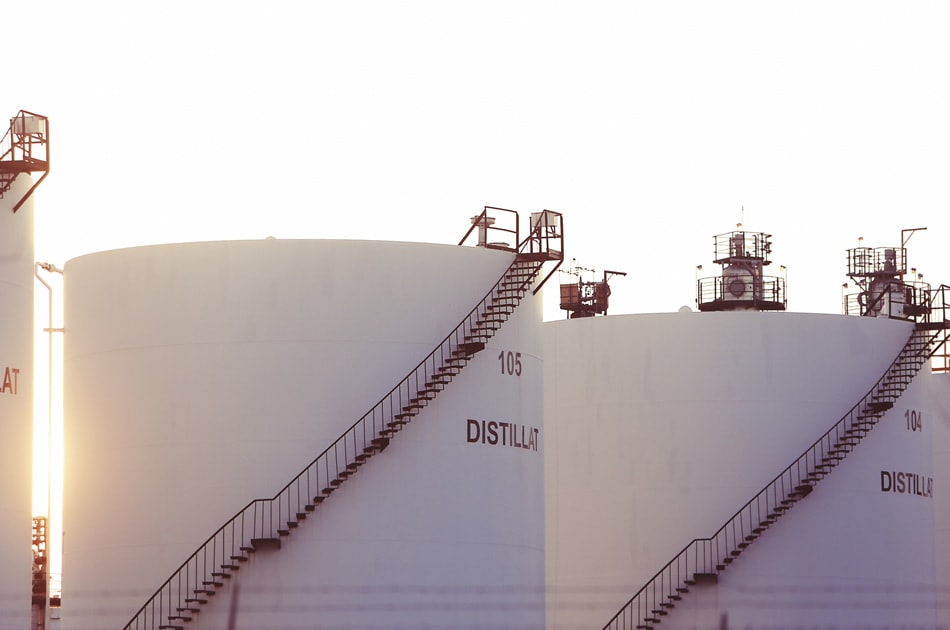
Touring a plant or factory will also expose you to interesting situations perfect for industrial photography. One example is when you are shown how mattresses are made. You will be led to a big room where a machine that fills up practically the entire room is assembling one mattress after another. An experienced industrial photographer will know how to document the process, starting with the jelly-like appearance of the substance used in making a mattress, all the way down to when the machine tosses the finished product to the pile. Of course, photographers need to have the management’s permission to shoot in such places as, first and foremost, they will be exposed to dangerous chemicals and materials.
Yes, the reason why industrial photography is challenging is the danger that goes with it. It is important for photographers to take all the necessary precautions when shooting for an industrial client or project.
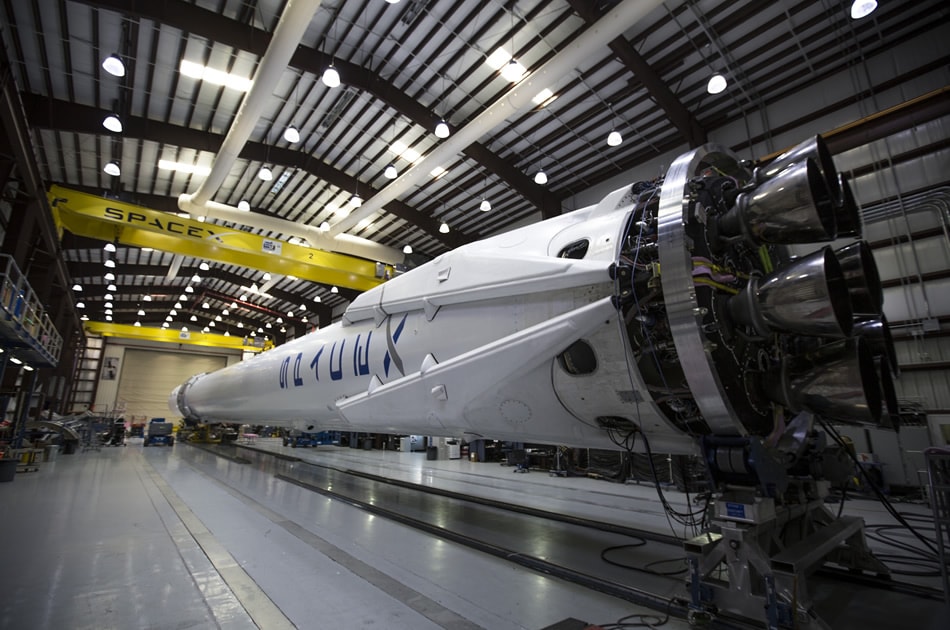
How to Stay Safe
One of the best safety measures for industrial photographers is having the right camera equipment. Most essential among these are the lenses. If the aim is to capture the industrial scene in its truest sense, you will need to have several fast lenses with you. This will help you adjust accordingly to the size of your subject, as well as to the vastness of the area you might need to cover. In addition, with good zoom lenses, it will be easier for you to follow safety regulations because you won’t need to move close to subjects that are far from you.
Another factor that is essential to your safety as an industrial photographer is the area or location of the shoot, and the subject itself. You need to familiarize yourself with the area before the shoot, so you’ll know where you are allowed and not allowed to go. You also have to check the machine or equipment before the actual shoot. Ask someone to explain to you what the machine does and what safety measures you need to follow to avoid accidents and errors during the shoot. Likewise, you need to know how the machine works. You may not have to turn it on during the shoot, but such basic information will help you in terms of safety and precaution.
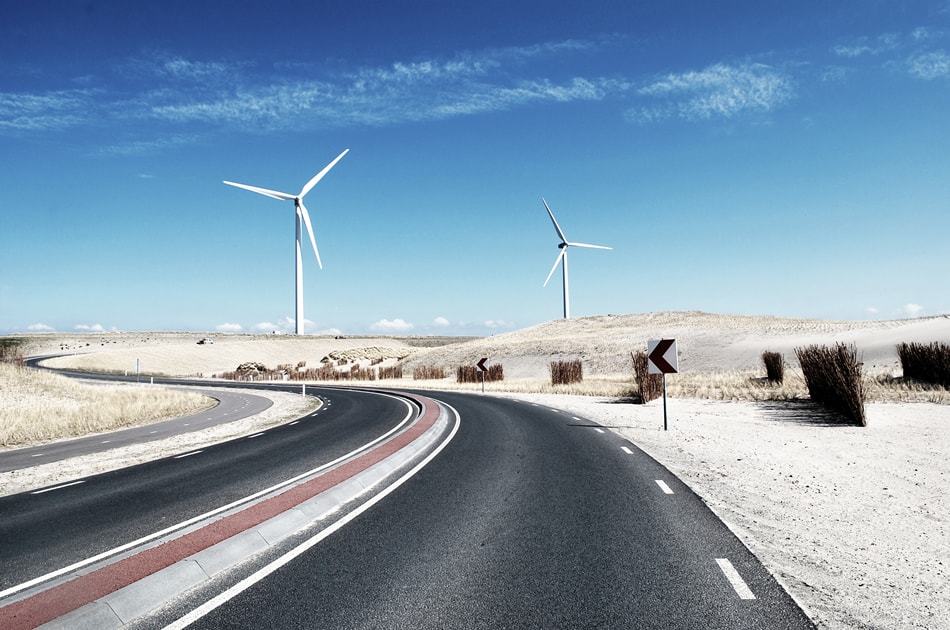
Familiarizing yourself with the location and subject before the shoot will also help you deal with instances when you need to move around and carry your gears.
Once you have gone through the location, the subject and the objective of the shoot, it is time for you to think about safety measures. Again, you need to talk to someone from the company about this. Spend some time talking about what you need to and should not do. It is best to have a checklist in case you forget something. Here are some essential points you need to consider:
- What kind of protective gear should I wear? If the subject is a gas terminal plant, will I need a gas mask? If there’s a lot of welding involved, should I wear protective eye gear?
- No matter what machinery or subject you are shooting; no matter where your location is, you should always wear the right clothes. Don’t go to the shoot wearing your best polo shirt! Wear jeans or long pants and the plainest t-shirt you can find. In a gasoline bulk terminal plant, it is recommended that you should wear only 100% cotton shirt and long pants. You might need to crawl; you may also be exposed to dust and other similar elements.
- For construction sites, shipyards, factories and plants shoots, wear a safety vest, hardhat, protective eye wear, gloves, and steel-toed boots (or any similar footwear; just don’t wear sneakers, leather shoes or anything fancy).
- The more visible your clothing, the better. You need to be easily identified if the situation calls for it. Visible clothing means bright colors. Avoid wearing black or gray. Orange is a common color for industrial workers, so you can choose to wear it, too.
- Your clothing material is also important. Wear only fire resistant clothing, particularly when you need to shoot at a gas station, gas terminal, or any similar location. A t-shirt that is made of 100% cotton is the safest and most practical to use. Other industrial environments that can be fire hazards include pharmaceutical plants, refineries, food processing plants, paper factories and paint factories.
- If you need to climb up or hang somewhere, be sure that you have (or are provided) safety equipment like a rope or harness.
- When taking photos in a gasoline plant, a gas station or a gasoline bulk terminal, always ask someone from the company to accompany you. Most companies have a safety engineer. Additionally, avoid going too close to the gas-laden area. This is why you need to have a zoom lens with you. If you take close-up photos of a gasoline station or plant, you will create static electricity once you click the shutter. This can cause an explosion that’s similar to what happened to a woman who took a photo with her DSLR camera as she walked into a gas cloud.
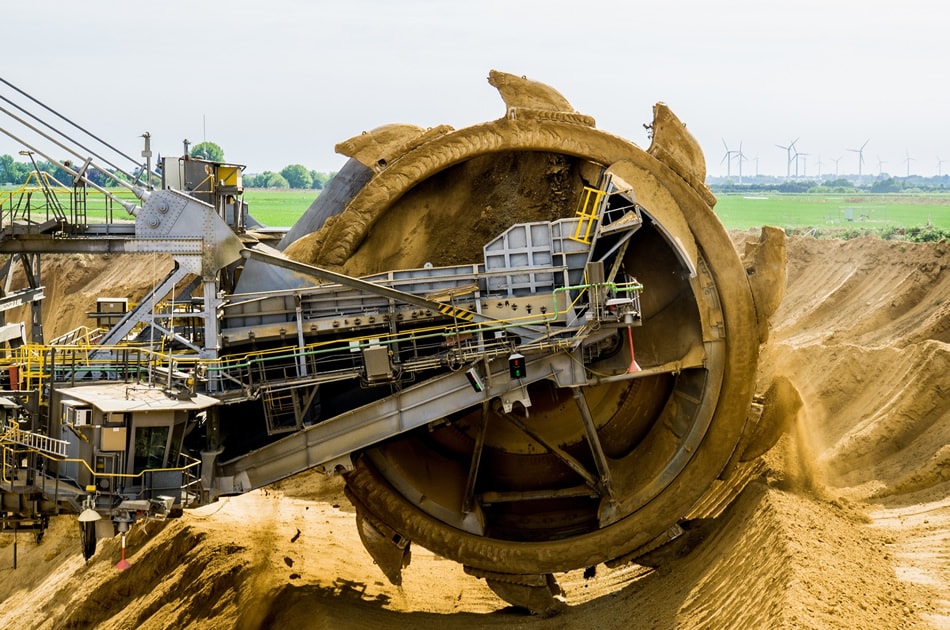
These are the basic safety requirements when doing an industrial photography shoot. Depending on the project or assignment, there may be additional rules and precautions you need to be aware of. This is why it is important to talk to a representative from the company or client before the actual shoot.
Industrial photography may be challenging with all the safety measure you need to consider. But, it is also one of the most interesting and is becoming significantly popular by the day. If you want to try industrial photography, it won’t be a walk in the park, but the satisfaction you will get will be worth all the determination, discipline and hard work.
